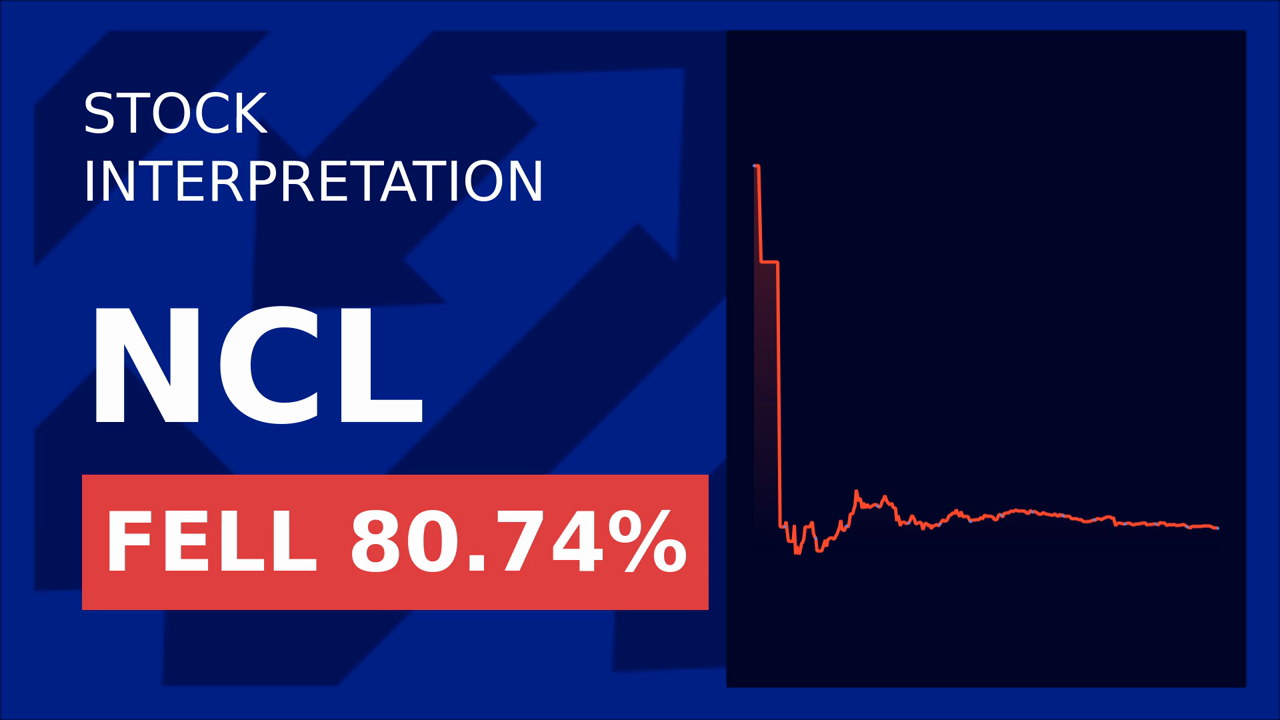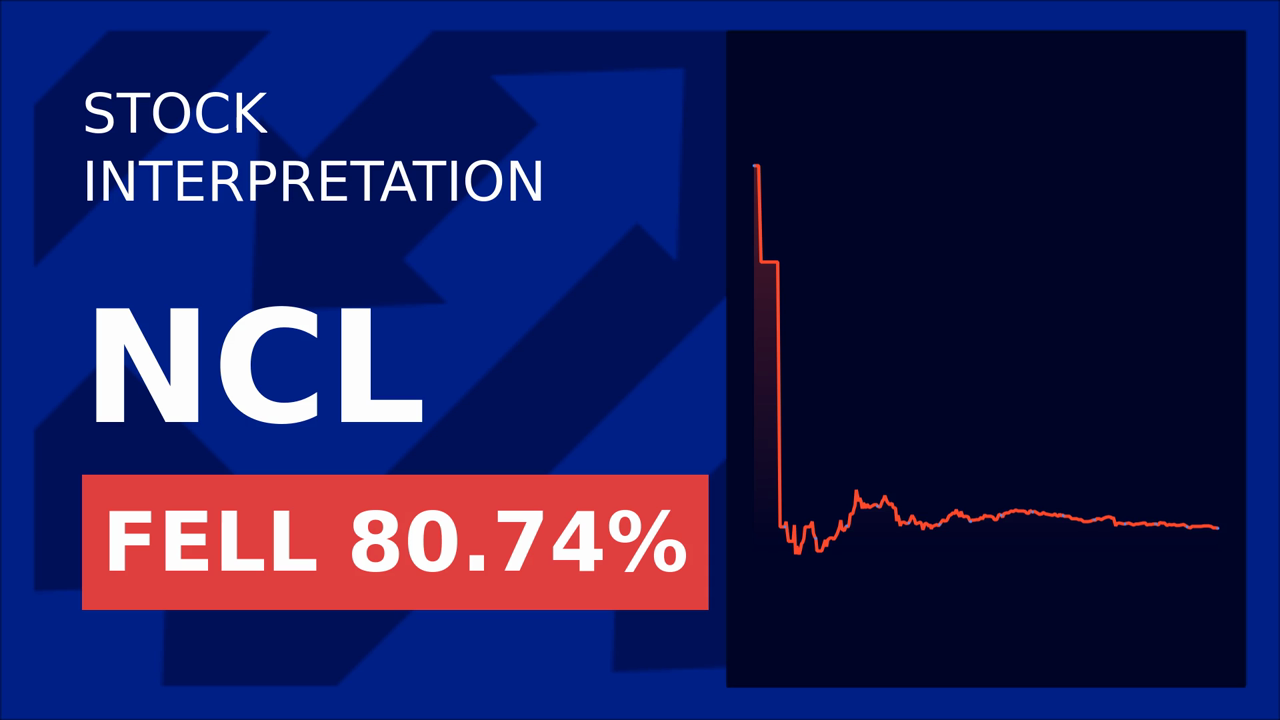Northann Corp. Faces NYSE Delisting Threat Amid Form 10-K Filing Delays
Northann Corp. (NYSE American: NCL), a manufacturer of 3D-printed flooring solutions using recycled ocean plastics, has entered a critical phase following a late filing of its annual report on Form 10-K. The delay, compounded by a formal notice from NYSE Regulation, has thrown the company’s listing status into jeopardy, raising questions about its financial management and long-term viability.

The Delinquency and NYSE Response
Northann’s Form 10-K for the fiscal year ended December 31, 2024, was due by April 15, 2025. The company missed the deadline, filing a Form 12b-25 notification on March 31, 2025, to explain the delay. This form, typically used to alert regulators of filing delays, cited the need for additional time to finalize consolidated financial statements and related disclosures.
The failure triggered a formal notice from NYSE Regulation on April 16, 2025, citing non-compliance with Sections 134 and 1101 of the NYSE American Company Guide, which mandate timely SEC filings. The exchange granted Northann an initial six-month cure period until October 15, 2025, to file the delinquent report. If unmet, the company could face an additional six-month extension—or immediate suspension and delisting.
The Financial Health Crisis
Northann’s challenges extend beyond administrative delays. Its weak financial metrics signal underlying liquidity pressures. A Financial Health Score of 1.21 (on a scale where 1 is distressed and 10 is strong) and a current ratio of 0.53—far below the 2.0 threshold typically considered healthy—highlight its inability to cover short-term liabilities with liquid assets.
The company’s stock has already reacted to these pressures, declining 45% year-to-date as of April 2025, reflecting investor skepticism about its ability to navigate this crisis.
Strategic Moves to Buy Time
In an attempt to stabilize its finances, Northann secured a $24 million loan to expand its South Carolina 3D printing facility and raised $8.13 million through an equity sale. Notably, the equity offering diluted CEO Lin Li’s voting control from 55.7% to 44.3%, signaling a broader stakeholder push to restructure governance. Additionally, the SEC approved a resale registration for up to 30,084,400 shares, aimed at boosting trading liquidity.
The Delisting Risk and Path Forward
The stakes are high. If Northann fails to file the Form 10-K by October 15, NYSE Regulation may either grant a second six-month extension or initiate delisting procedures. Delisting from the NYSE American exchange would strip the company of its visibility and access to capital, potentially triggering a liquidity collapse.
However, the company claims it “intends to regain compliance” and file the report “as soon as practicable.” The Form 12b-25 filing emphasized that the delay was due to finalization efforts, not material inaccuracies or disputes—a distinction that avoids immediate SEC scrutiny.
Conclusion: A Race Against Time
Northann Corp. is in a precarious balancing act. On one hand, its innovative use of recycled materials in flooring—Benchwick’s 3D-printed products—align with growing demand for sustainable building solutions, offering long-term potential. On the other, its financial fragility and regulatory missteps threaten its survival.
The current ratio of 0.53 underscores an urgent need for liquidity management, while the 6-month cure period provides a narrow window to stabilize operations. Investors must weigh the company’s strategic pivots—such as its South Carolina expansion and governance reforms—against its weak financials and the existential threat of delisting.
Should Northann miss the October 15 deadline, the consequences could be irreversible. For now, the market’s patience is thin: the stock’s 45% decline year-to-date reflects skepticism. Success hinges on swift Form 10-K submission and tangible evidence of financial stabilization. Without it, Northann’s story may end not with innovation, but with delisting.
As of Q1 2025, Northann’s current ratio lags far behind the sector average of 1.8, further illustrating its liquidity challenges. The path to recovery is clear but perilously narrow.










